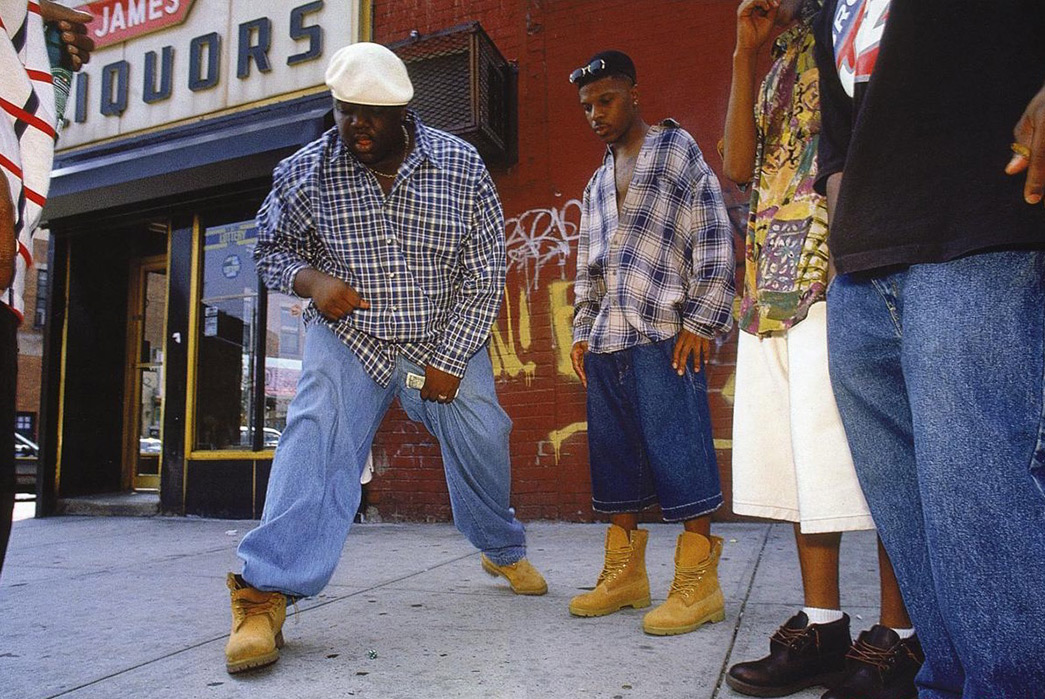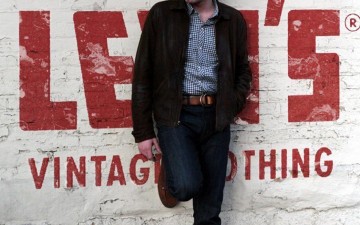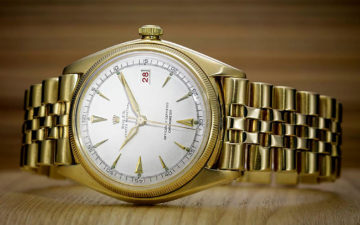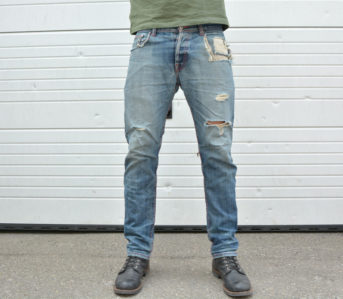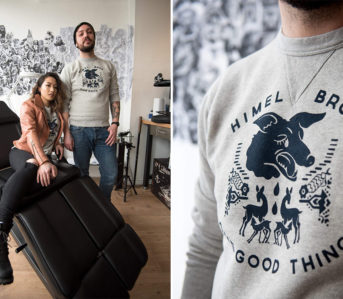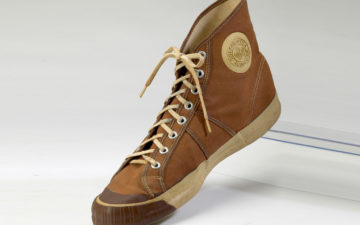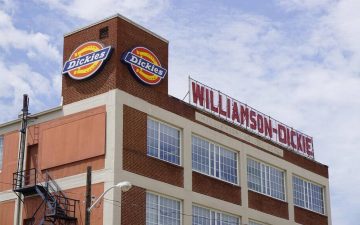Like many of the blue-collar pieces we cover, Timberland rose from its working-class origins to eventually be adopted by the fashion and music elite. The boot that ultimately transcended class and crossed a racial divide to become a wardrobe essential, deserves a deep dive. Timberland, a New England company, was made by and for white workers and was eventually, by way of Brooklyn, commodified by a markedly different constituency. Though Timberland at first resisted, the boot once made for work, would become most famous for its role in rap.
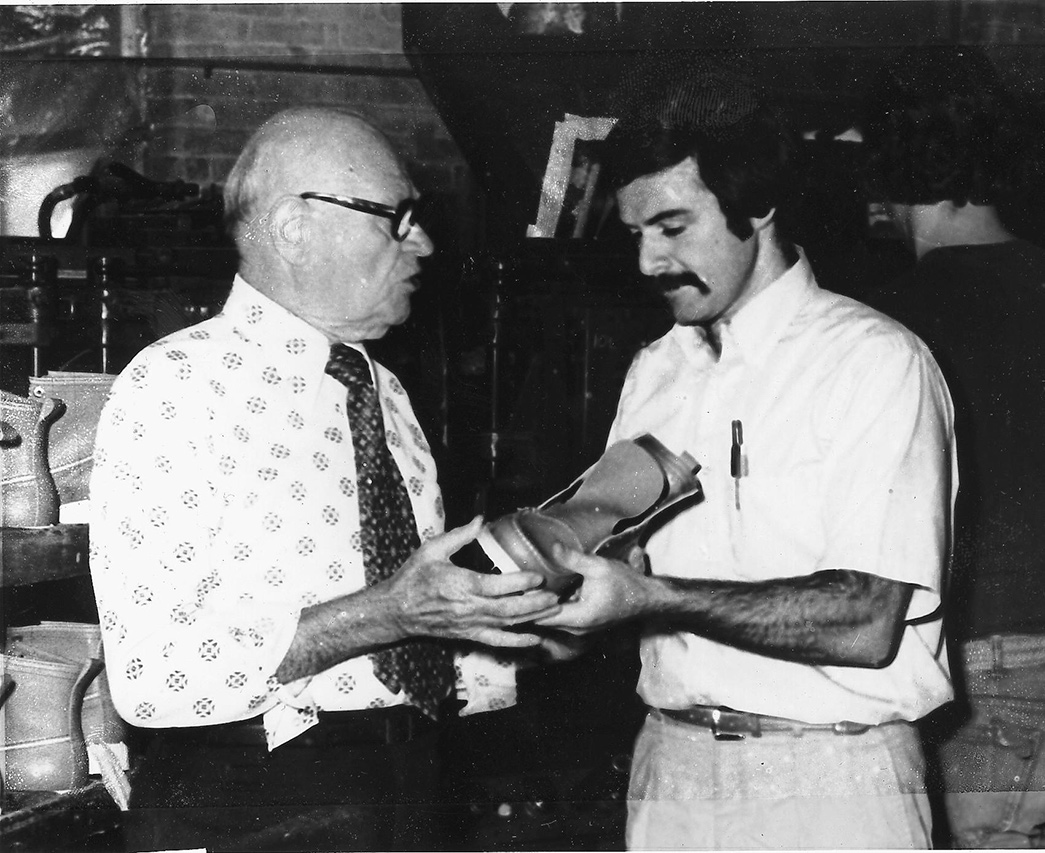
Nathan and Sidney Swartz. Image via Tuck School of Business.
History and Early Philosophy
In 1952, almost twenty years prior to the release of the modern Timberland Boot, Nathan Swartz bought into a Massachusetts company called the Abington Shoe Company. Specializing in workwear for New England’s working man, the company was primarily focused on making truly waterproof leather, which was proving difficult. Swartz slowly bought up shares until he controlled the company and began bringing his sons into the fold of the family business.
Nathan had trained as a shoemaker since his youth in 1918 and he consistently pushed the brand to innovate and improve. The first landmark came in 1965 with the advent of injection molding, which, without stitching, could fuse rubber soles to leather uppers for a fully waterproof connection. Now commonplace in the footwear industry, the brand that was about to become Timberland could take credit for inventing this then-revolutionary technique. Though unlike goodyear-welting, injection molding couldn’t guarantee the boot could outlast its sole, it made for a more waterproof boot in the short term, great for hard work in challenging climates and weather.
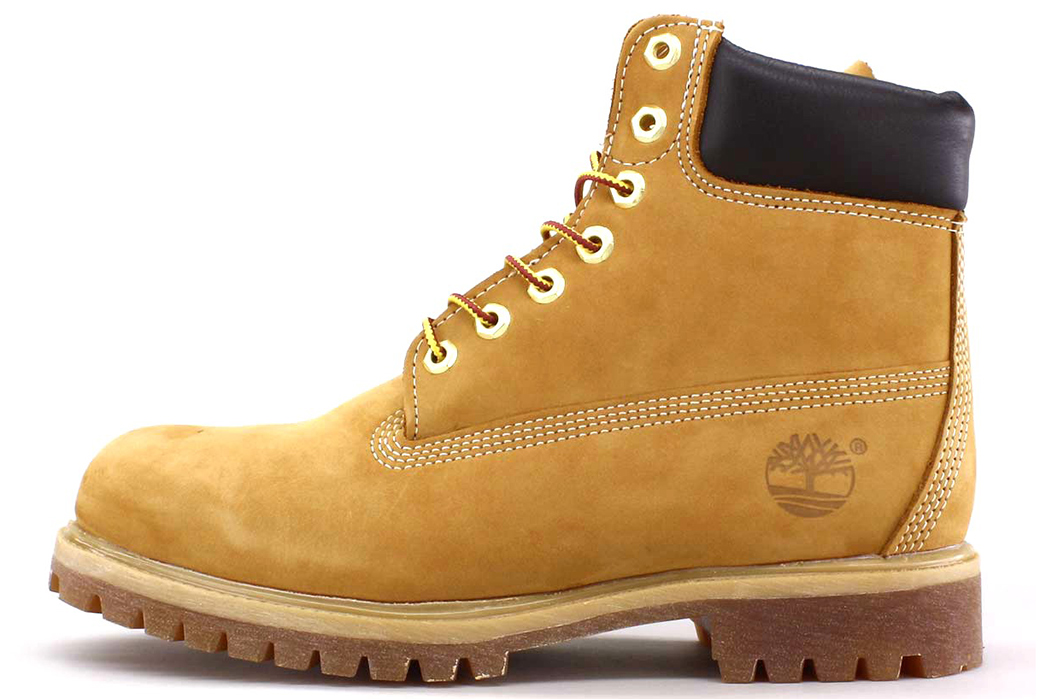
1976 ushers in the original Timberland Waterproof Boot. Image via Essence.
In 1976, Abington Shoe Co. launched the Timberland Waterproof Boot. The boot came in a variety of leathers (all waterproof), but the yellow nubuck became by far the most popular shade. In an uncharacteristic move for the period, the boot was heavily branded with the iconic Timberland Tree, this one boot style became so popular that the Abington Shoe Company officially changed their name in 1978. Originally 8 inches tall, the modified six-inch model would be the one that really took off.
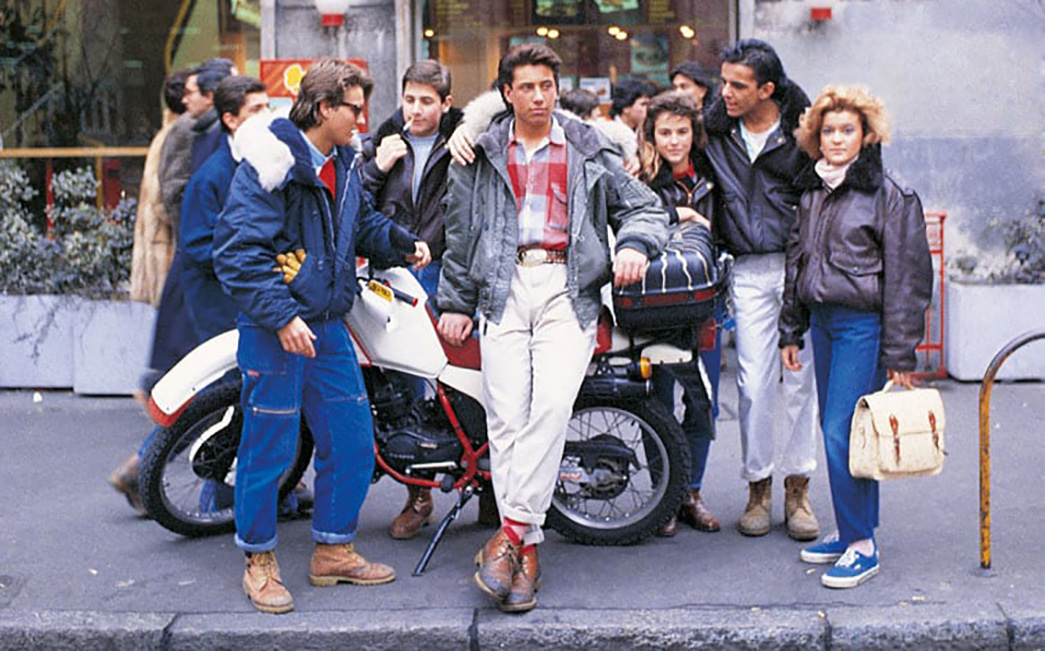
Timbs in Italy. Image via Donna Moderna.
In these early years, Timberlands were mainly for work, especially for folks in cold and trying environments. But as the brand entered the 80s, they began to slowly turn towards more fashion-centric offerings. Italian boutiques began stocking the American work boot and slowly but surely, other European markets began to follow suit, though they initially stuck to more conservative pieces like Timberland’s hand-sewn boat shoes.
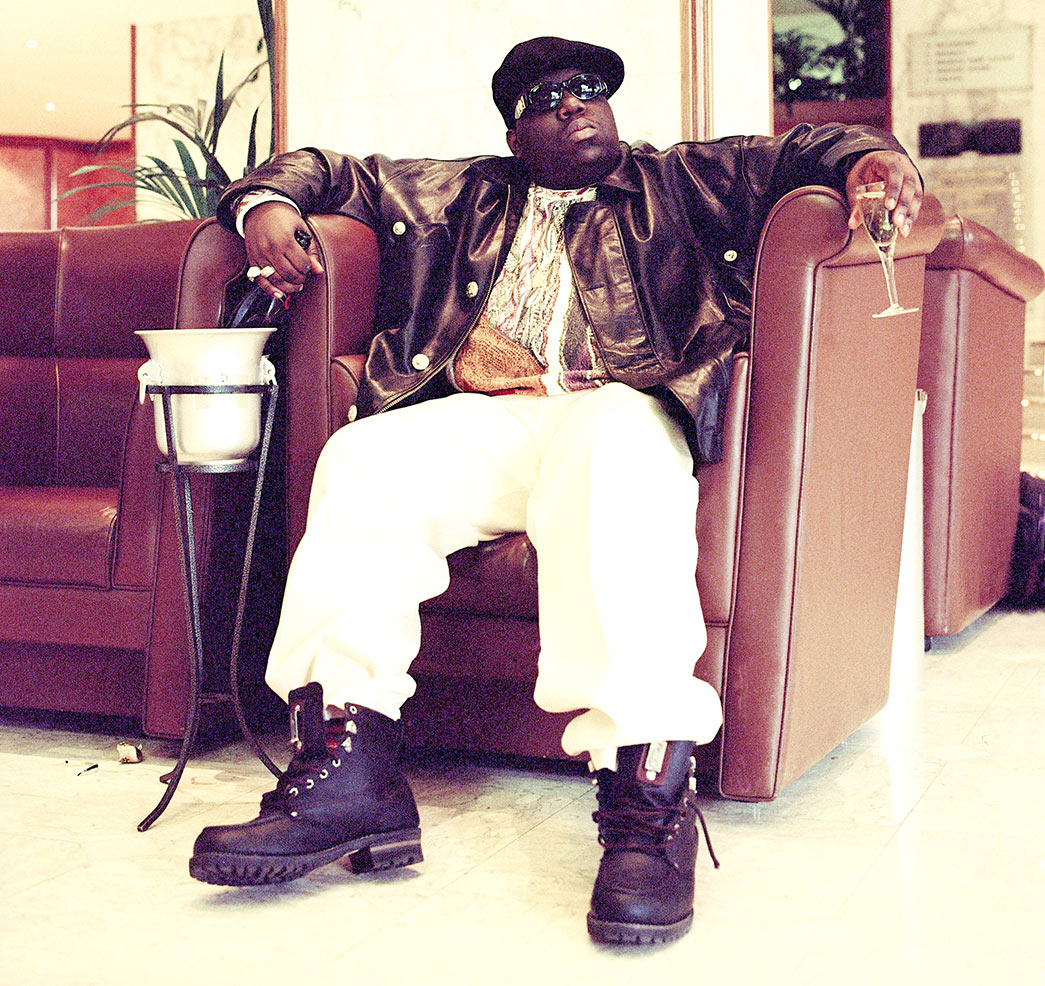
Biggie in Timbs, albeit tricked-out ones. Image via Rolling Stone.
New Philosophy
The stodgy folks back in Timberland’s New Hampshire headquarters must have been shocked when their sales trebled in the 1990s. The reason? Rap.
From New England to Brooklyn, the famous yellow boot had gone on quite a journey, but its hard-wearing comfort still resonated, now with a very different demographic. Rob Walker, in his book Buying In relates that the first New York city-dwellers to pick up the famous boots were drug dealers, who wanted to stay comfortable and dry standing out in the street all night. Apocryphal or not, this reputation as the boot of choice for drug-dealers and other “hooligans in Brooklyn,” cemented Timberland’s place in the counterculture. Biggie, Nas, and many other heavy hitters not only wore the boots out and about, but mentioned them in their music. The more rap grew—and grow it did—the further afield Timberlands reached.
In 1993, Jeffrey Swartz, Nathan’s grandson gave an interview with the New York Times, in which he described the Timberland customer as “honest working people,” which some interpreted to be a dig at the young people of color rocking his product in the big city. He has since sought to correct this impression, but it seems that especially in the early days of hip-hop, that the brand was reticent about being tied to the young folks who were well outside their traditional white, blue-collar customer base.
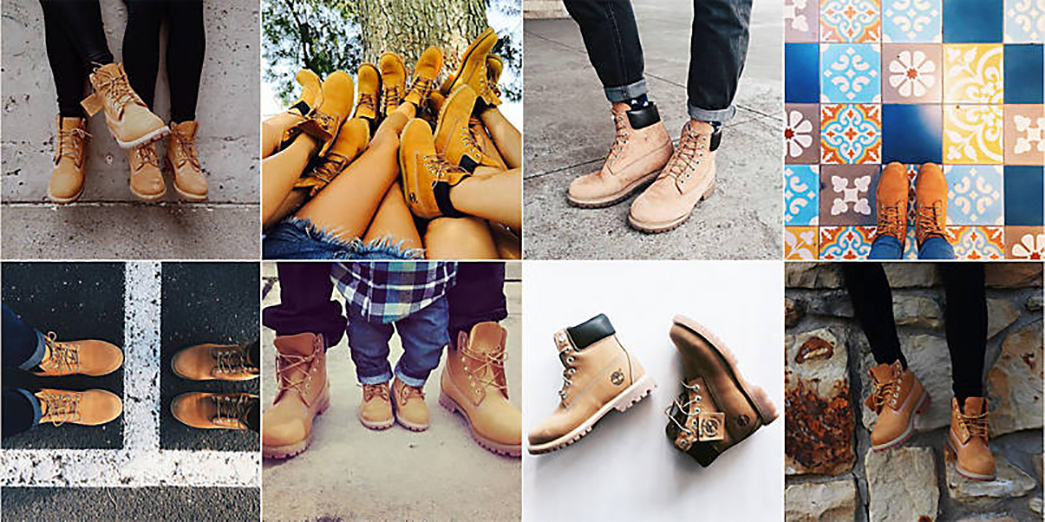
Image via Timberland.
Timberland Today
Timberland is now owned by VF Corporation, a huge conglomerate that owns many of our favorite brands. The company’s headquarters are still in New Hampshire, but it’s unclear where the majority of the classic boots are made. There are premium collections and made in USA collections, but your run of the mill Timberland boots are likely no longer made stateside. Wikipedia states that the uppers for Timbs come from Horween, but again, that has been difficult to confirm.
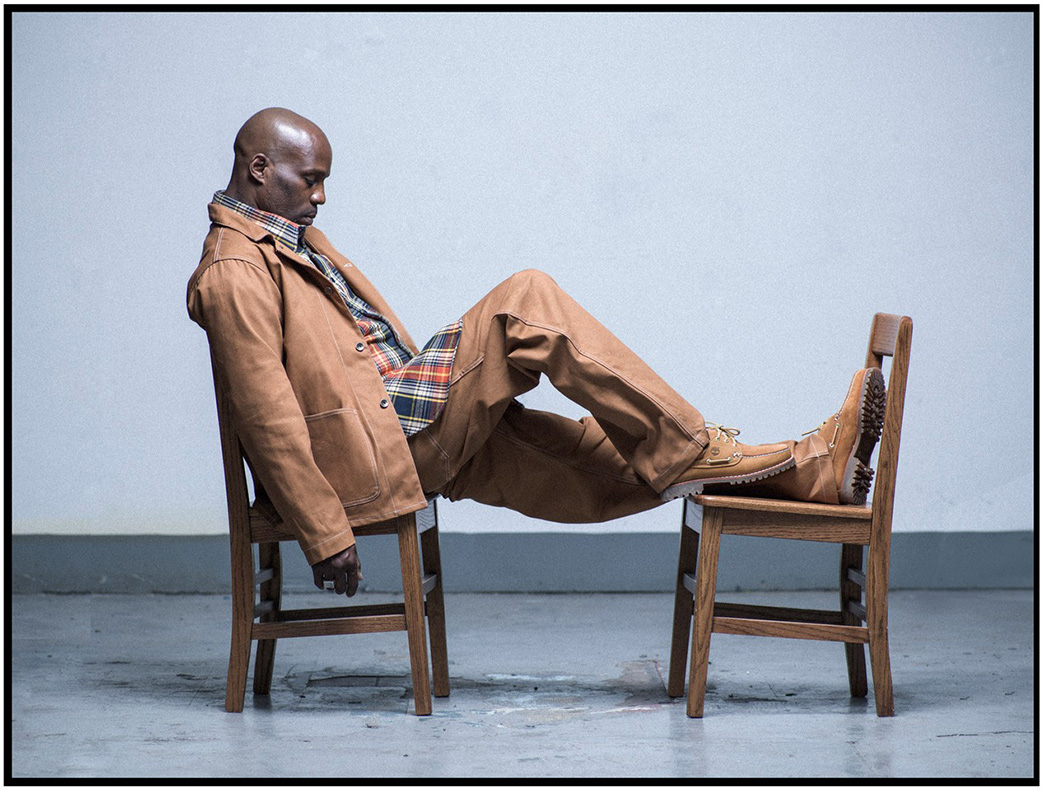
DMX featured in the Engineered Garments x Timberland collaboration for Fall/Winter ’17
What can be said for the brand is that its boots are now a wardrobe staple. Along Sk8-His and Chuck Taylors, this simple work boot is now a must-have. And although over the course of Timbs’ history, they have introduced many different variations of their most famous boot (as well as boat shoes and chukkas), their bread and butter remains that same piece that started it all back in the 1970s.
Obviously, Timberland has rap to thank for its success. Although the boot stands on its own merit, the world at large may never have snatched up the style had it not been for Biggie and his ilk. A counterculture well outside white America’s comfort zone, especially in the 80s early 90s, black artists put white workwear on the map—and made it cool.
Iconic Styles
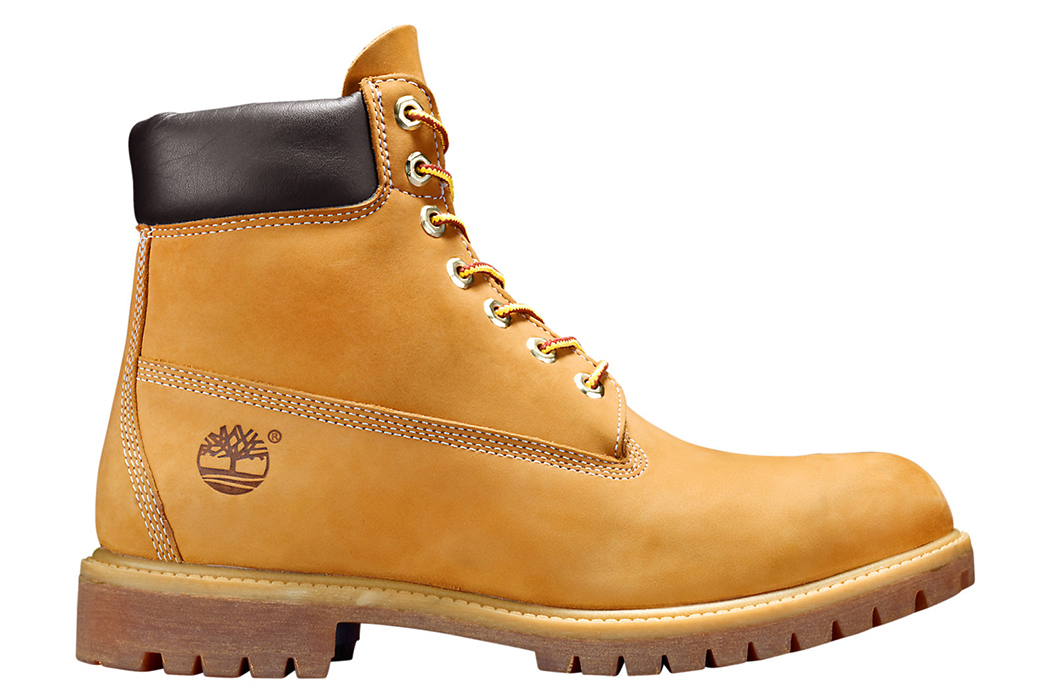
6-inch Premium Waterproof Boot
Also known as the Original Yellow Boot, this is the Timberland boot. Originally released in 1976, this iconic style uses waterproof seam-sealed construction with a padded collar, rust-proof hardware, and a hardy rubber lug sole. Though they’ve got them in a handful of colors (you can even customize your own), the Original Yellow Boot’s official colorway is Wheat Nubuck.
Available for $190 at Timberland.
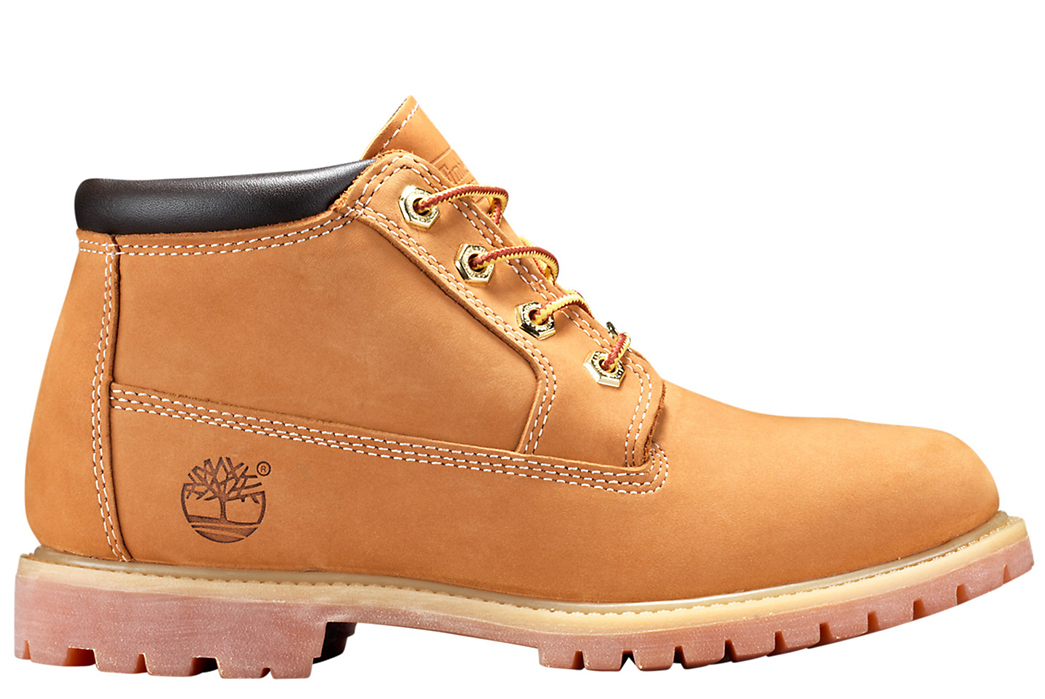
Nellie Chukka Waterproof Chukka
Essentially a lowered version of their Original Yellow Boot, the Nellie is a sleeker version primarily marketed toward women. Using the same waterproof, direct-attach seam-sealed construction as its bigger brother, the slimmer padded collar and lack of quadruple-needle stitching set it apart.
Available for $130 at Timberland.

3-eye Handsewn Lug Sole Shoe
Timberland’s 3-eye Handsewn Lug Sole Shoe brings their beefy lug sole together with handsewn moccasin uppers. Available in full-grain leather options, key details include a 360-degree rawhide lacing system, leather lining, and cement construction.
Available for $135 at Timberland.

